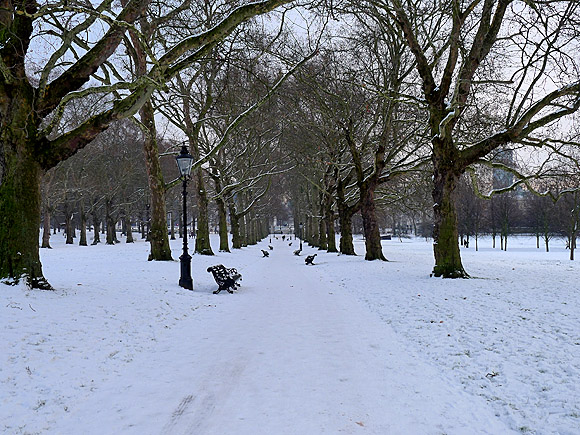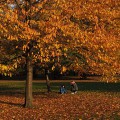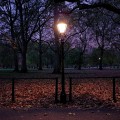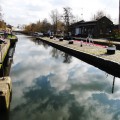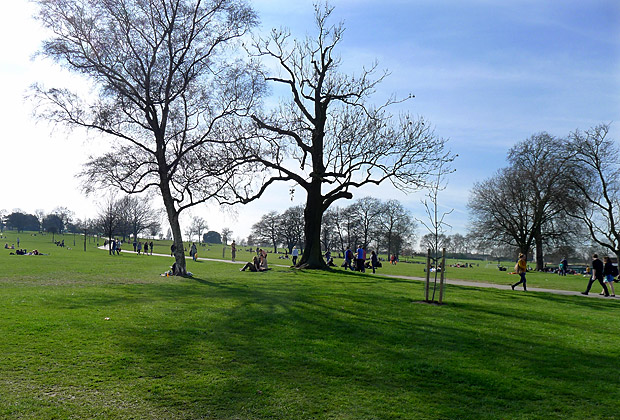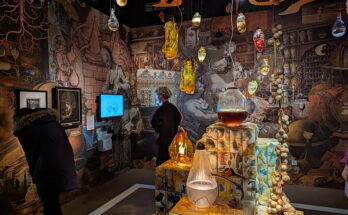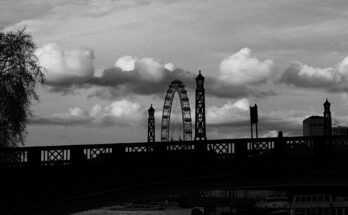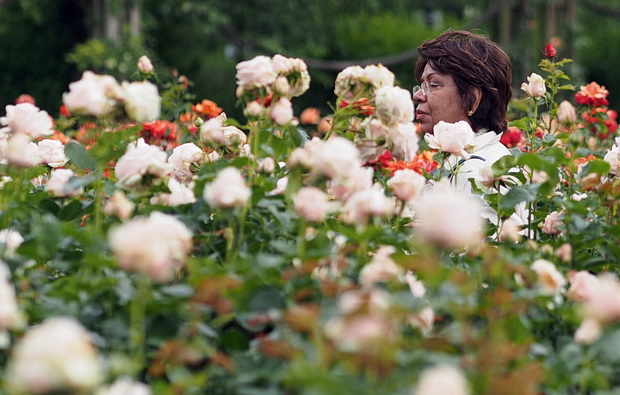
One of London’s larger parks, The Regent’s Park covers 395 acres and includes the magnificent Queen Mary’s Gardens which packs in more than 30,000 rose-bushes and 400 cultivars.
I took a walk around the park on a sunny Saturday afternoon – here’s some photos from my travels.
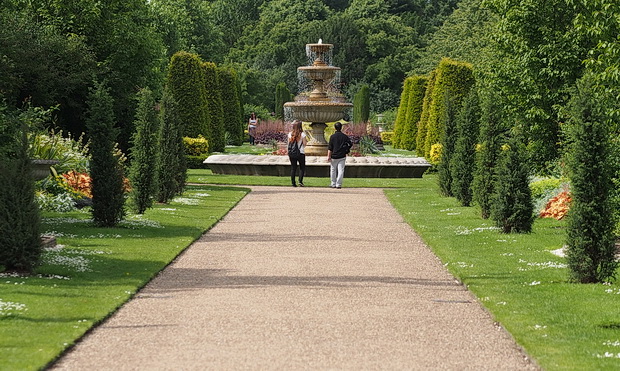
Part of of the vast chase appropriated by Henry VIII after the Dissolution of the Monasteries, Regent’s Park has been Crown Property ever since (save for as period between 1649 and 1660 when it set aside as a hunting park, and known as Marylebone Park). [—]
In 1811, the Prince Regent (later King George IV) commissioned architect John Nash to create a masterplan for the area, although the original plans for a palace for the Prince and a selection of grand detached villas for his chums failed to make the final mix.
The Park became the home of several organisations like the Zoological Society and the Royal Botanic Society, although it wasn’t until 1835 that the general public were granted any kind of access to the park.
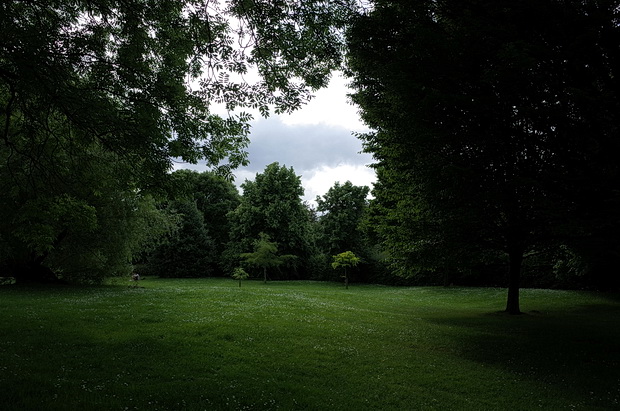
The park has known tragedy, with forty people dying after the ice cover on the boating lake collapsed and over 200 people plunged into the lake on 15 January 1867.
To prevent a similar catastrophe happening again, the water was drained and the lake bed raised with soil and concrete, leaving the lake just four feet deep.
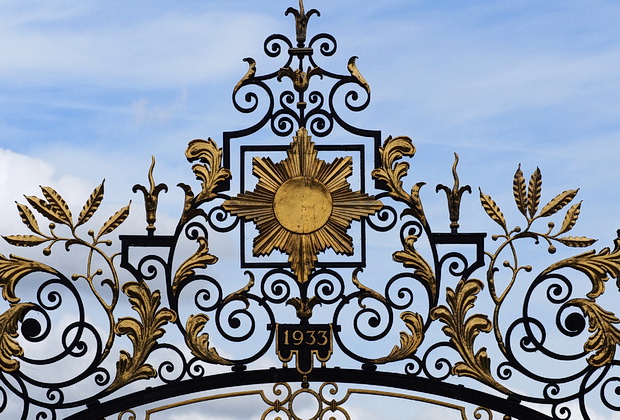
Entrance to Queen Mary’s Gardens.
Formerly used as a plant nursery, Queen Mary’s Gardens in the Inner Circle were created in the 1930s, bringing that part of the park into use by the general public for the first time.
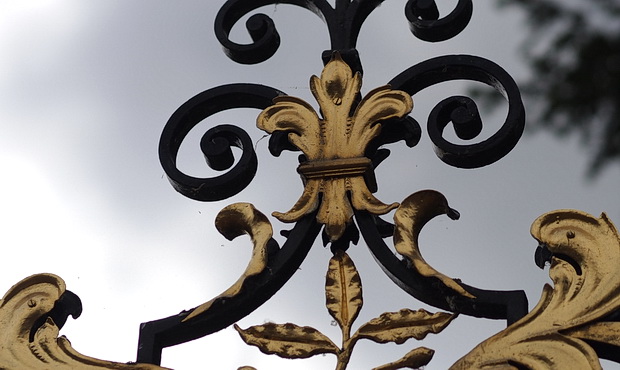
Named after the wife of King George V, Queen Mary’s Garden contains London’s largest collection of roses.
According to the Royal Horticultural Society, roses flower earlier in the London parks than anywhere else in England, so my visit was just about perfectly timed to see them in full bloom, as their site explains:
Above all, Queen Mary’s Gardens are known for their rose gardens – 30,000 rose-bushes and 400 cultivars. Large beds are planted with just one cultivar each – mainly modern hybrid teas and floribundas, though there are English roses and old-fashioned ones, too, more often in mixed borders.
At one end is a circular catenary of climbing and rambling roses around yet more beds of bright modern roses: a spectacular sight in early June – roses flower earlier in the London parks than anywhere else in England, and are worth a visit at any time after about the middle of May.
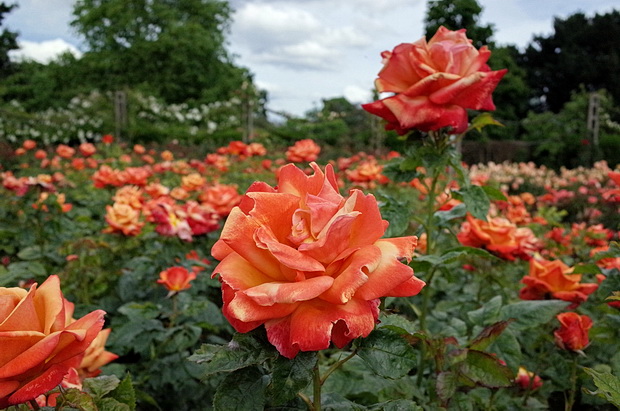
The smell of the roses is almost overwhelming as you walk through.
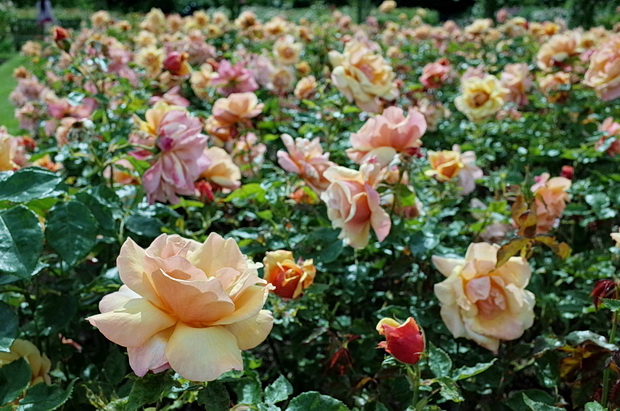
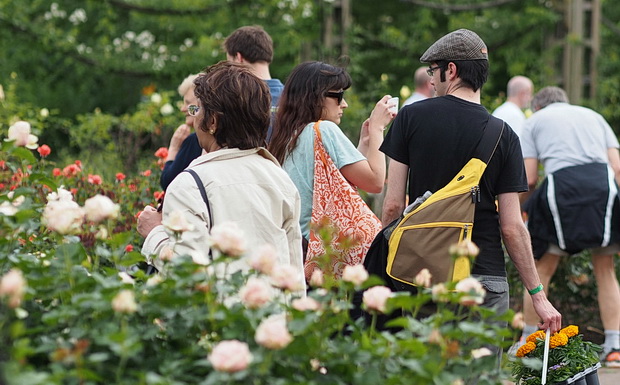
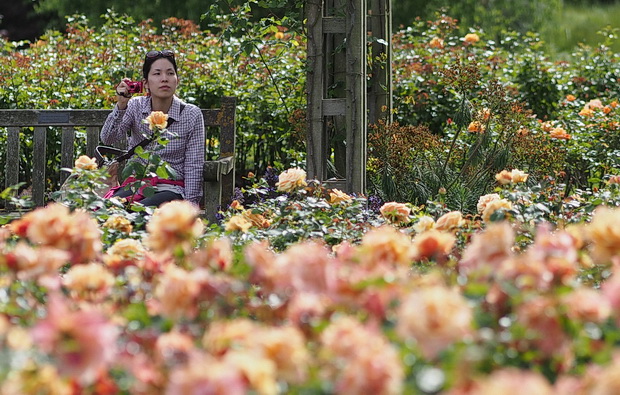
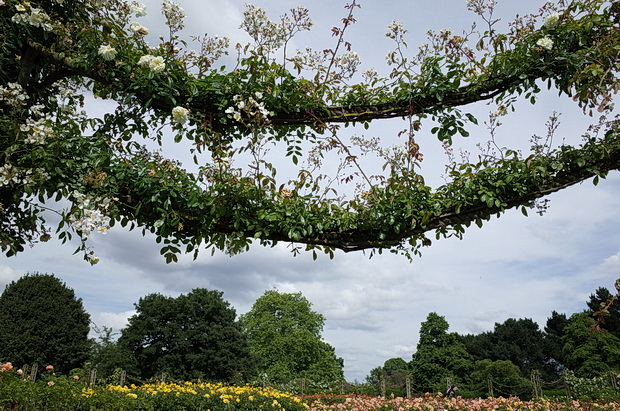
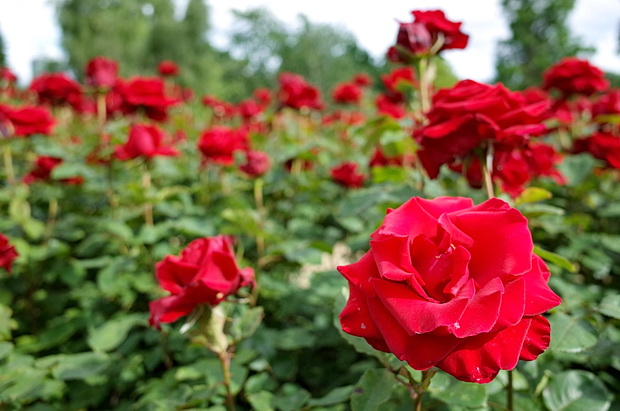
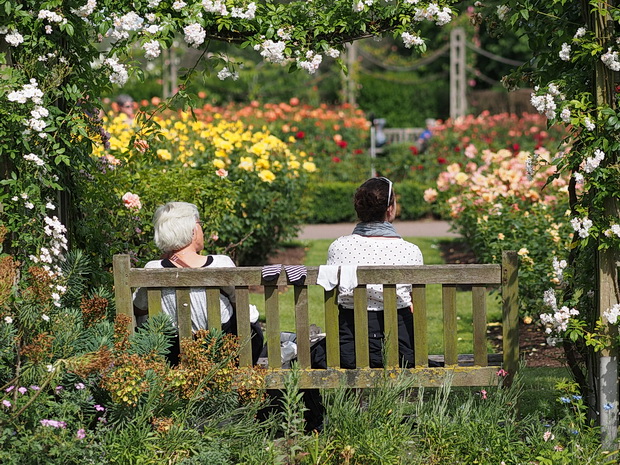
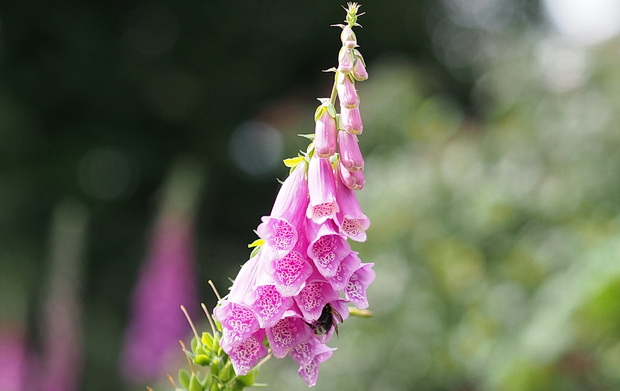
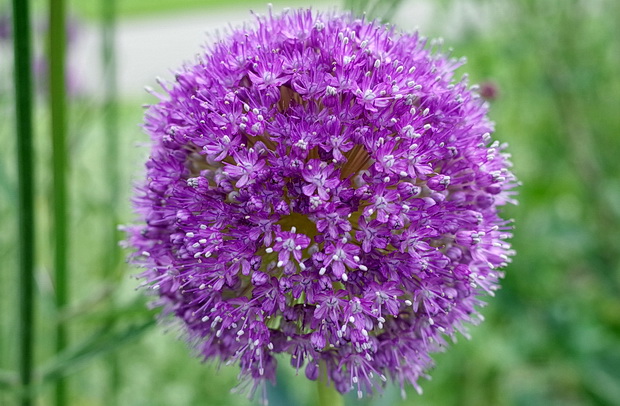
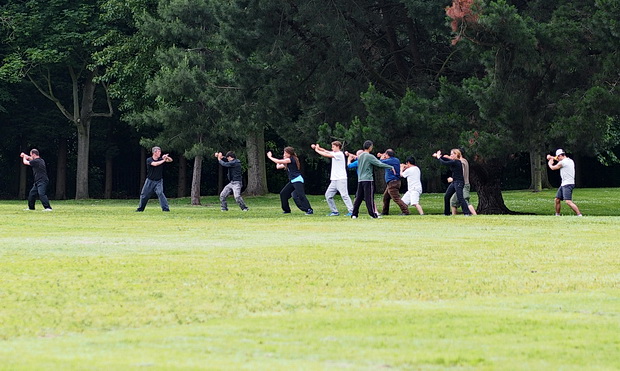
People fighting off an invisible enemy by the trees.

The park was providing the backdrop for a large wedding party.

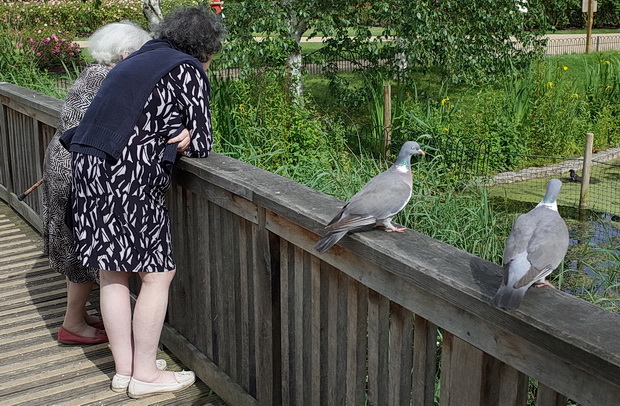
People and pigeons check out the view.
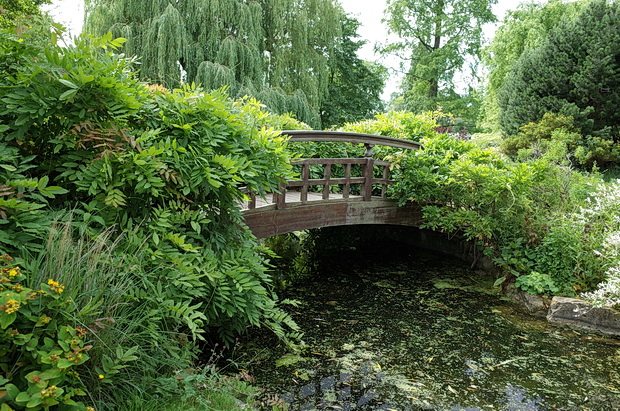
Bridge in Japanese Gardens.
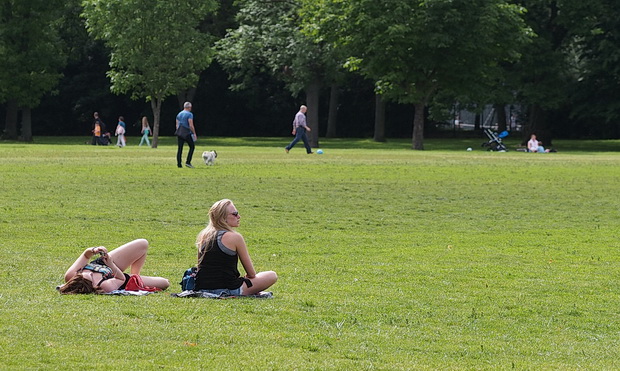
Taking in the early summer sunshine.
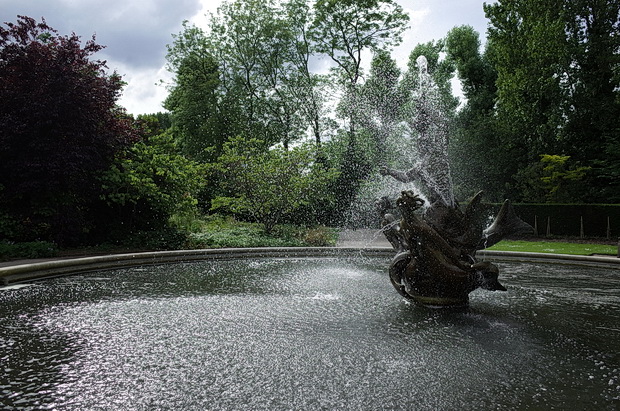
There are several fountains in the park, and this is one of the most impressive.
The Triton Fountain is the showpiece of Queen Mary’s Gardens, and was created by William McMillan and donated to the park in 1950 in memory of Sigismund Goetz, a well known local artist.
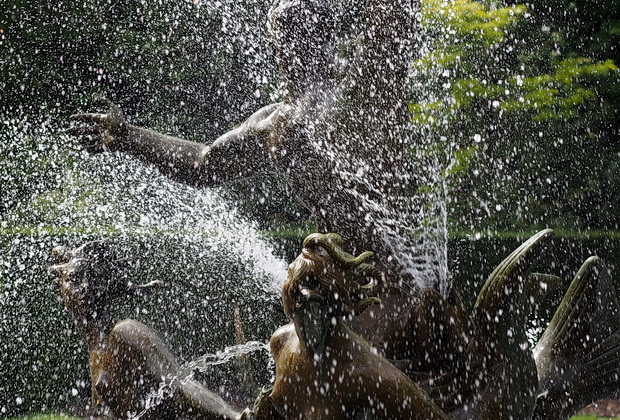
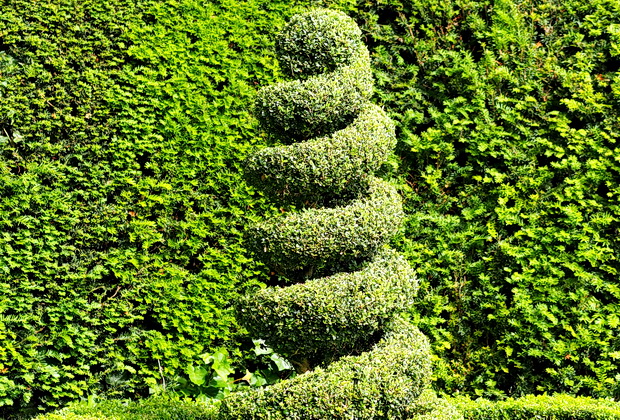
A particularly splendid example of topiary, a gardening practice that dates back to early Roman times.
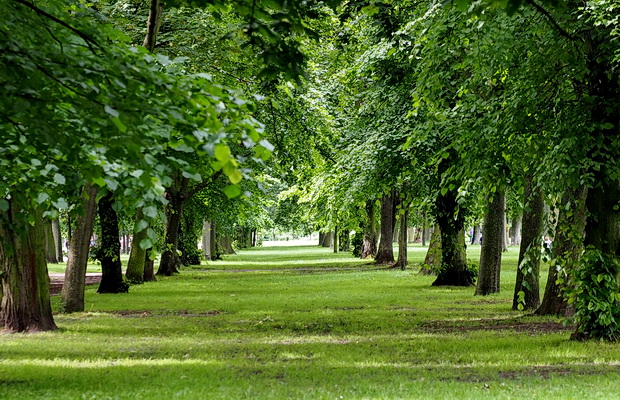

There’s no shortage of squirrels scuttling about the park. Some are quite tame too.
I’d be grateful if the ones currently eating the plants and chewing the power cables in my ninth storey tower block flat would consider joining their park dwelling chums.
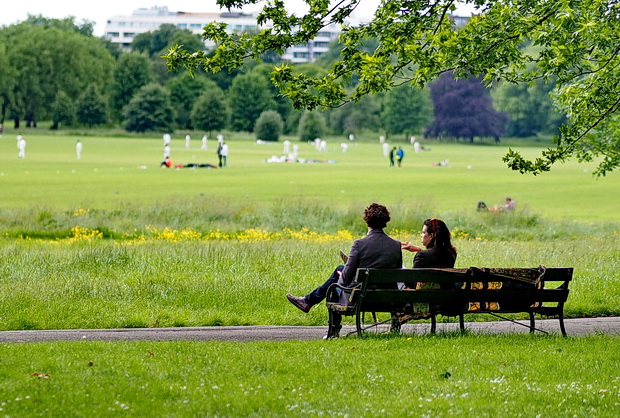
The park plays host to many sports, including Tennis, Netball, Athletics, Cricket, Softball, Rounders, Football, Hockey, Australian Rules Football, Rugby, Ultimate Frisbee and Running.
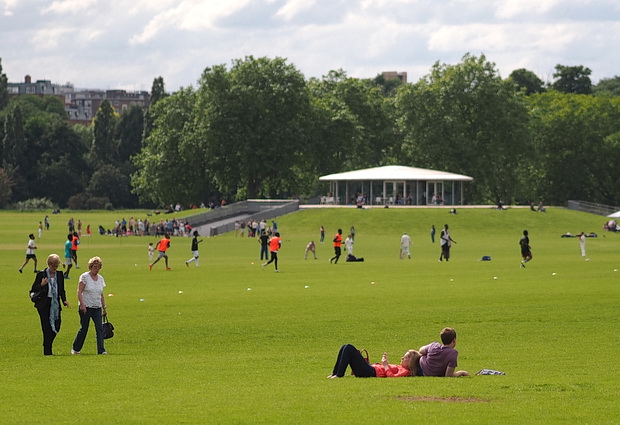
Some were feeling less sporty than others.
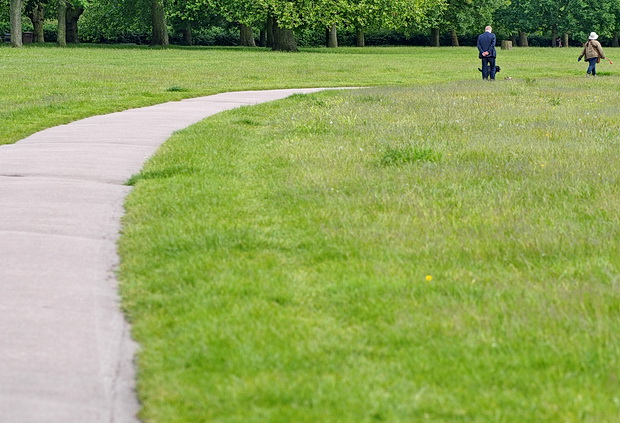
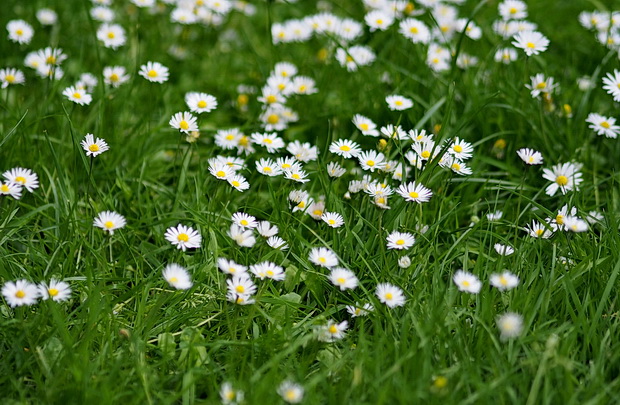

Get off your bike. Literally.
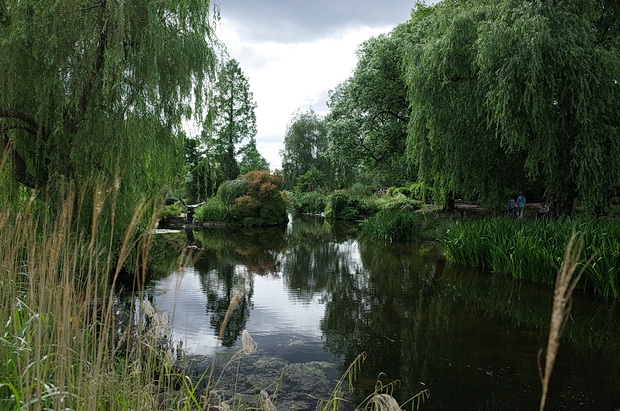
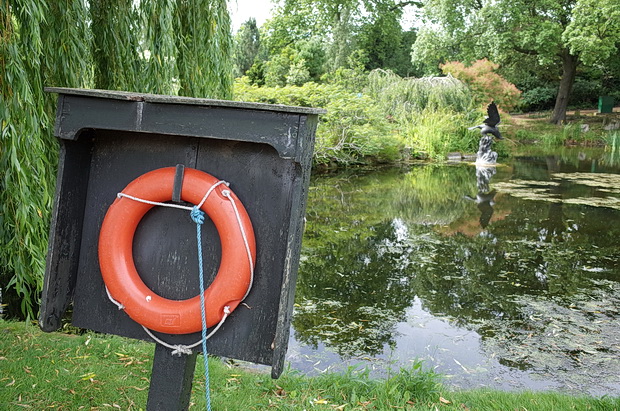
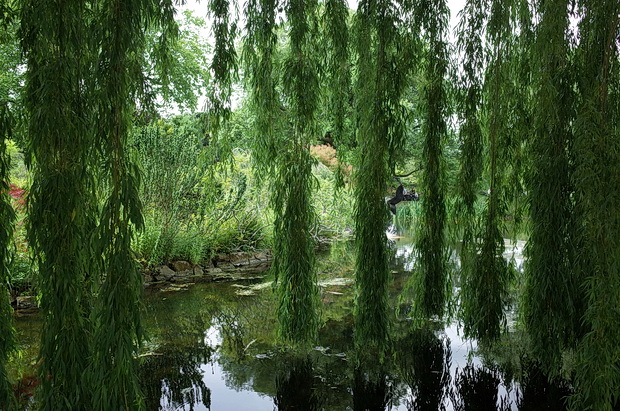
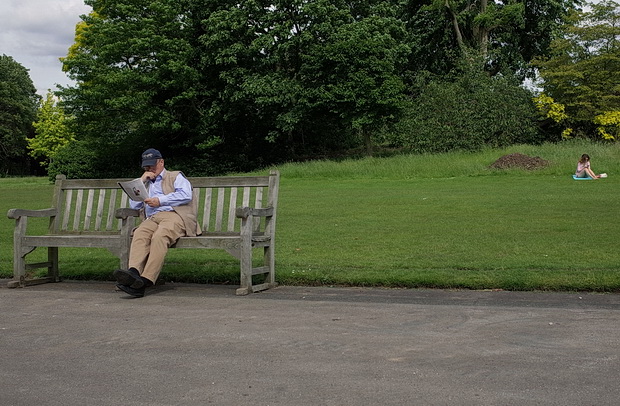
Park reader.
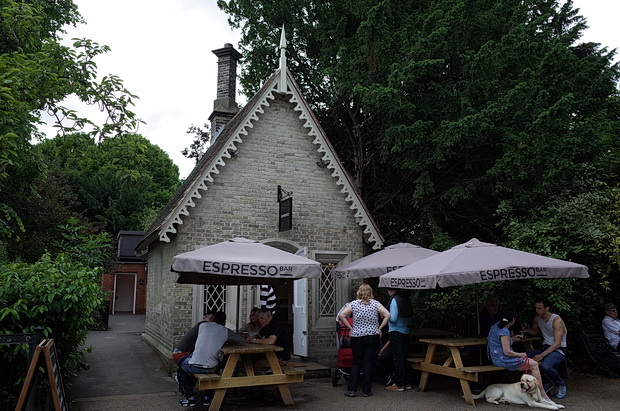
I love the Victorian Gothic architecture of this little cafe.
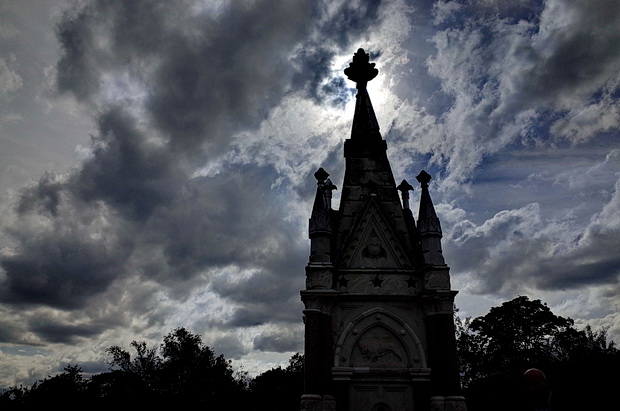
The Ready Money drinking fountain, a four-sided granite and marble Gothic structure.
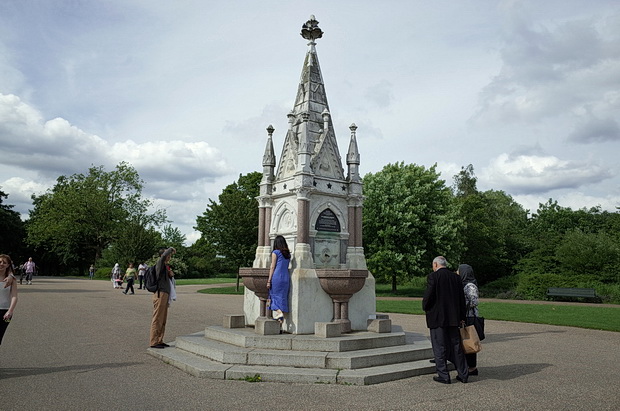
Found at the north end of the Broad Walk, it was given to the park in 1869 by Sir Cowasjee Jehangir, a wealthy Parsee industrialist from Bombay, whose regaled under the unusual nickname of ‘Ready Money’.
Built as a thank-you for the protection he and fellow Parsees received from British rule in India, it’s one of the largest drinking fountains in London and amazingly still works.
Built from 10 tonnes of Sicilian marble and four tonnes of red Aberdeen granite, it was unveiled by Princess Mary of Teck, later Queen Mary who gave her name to the Queen Mary’s Gardens. [—]

